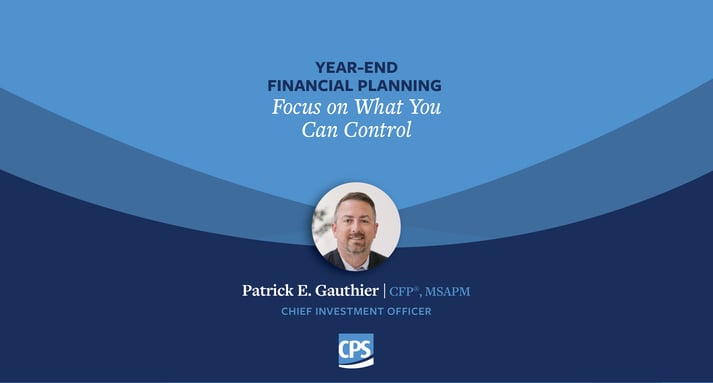Overcoming the Wall of Worry | Staying Invested in the Face of Negative News
Bernard Baruch coined the term “wall of worry” to describe a period when the stock market is rising despite several negative factors. This can include things like political uncertainty, economic slowdown, or natural disasters. In the 1930s, Baruch specifically used the phrase to describe the market's ability to rise in the face of the Great Depression.Since then, the phrase has been used to describe many periods of market strength in the face of adversity. For example, the market rose steadily during the 1990s despite the threat of nuclear war with Iraq and the Y2K computer bug.
There are several reasons why the market can rise in the face of negative news, the first being decades of ingrained economic teachings. The efficient-market hypothesis was first proposed by Harry Markowitz in the 1950s and has been taught in business schools around the world ever since. His hypothesis is based on the idea that all publicly available information is reflected in current prices. If you see a headline, the market has already reacted and priced accordingly. Investors attempting to buy stocks at discounts will quickly bid up the price, causing the market to rise. Bargain hunters love uncertainty.
Another reason is that investors may believe that the negative news is temporary. This means that investors believe that the negative news will eventually be resolved and that the market will eventually recover. Given the market’s tendency to price in new information rapidly, investors who disagree with the consensus can be opportunistic. Some famous investors have made careers of being contrarian, even if their continued contrarian bets are proved wrong.
The wall of worry is another old market axiom used to remind us that the stock market is not always rational. The market can rise in the face of negative news, and it can fall in the face of positive news. This is why it is important to have a long-term investment horizon and to not panic when the market takes a downturn.
A simple playbook for staying the course when the market seems to be climbing a “wall of worry”:
Don't Panic
It is important to stay calm and not panic when the market is experiencing a downturn. Panic selling can lead to significant losses.
Stay Invested
If you have a long-term investment horizon, you should stay invested and ride out the storm. The market has a tendency to climb the wall of worry, and investors who sell stocks during this time may miss out on significant gains.
Rebalance Your Portfolio
If your portfolio becomes too heavily weighted towards stocks, you may want to rebalance it. This means selling some of your winners and buying more of your losers. Rebalancing helps to ensure that your portfolio remains diversified and that you are still on track to achieve your financial goals.
Instead of selling stocks, investors should focus on staying calm and staying invested. If you have a long-term investment horizon, you should be able to ride out the storm and come out ahead in the long run.







